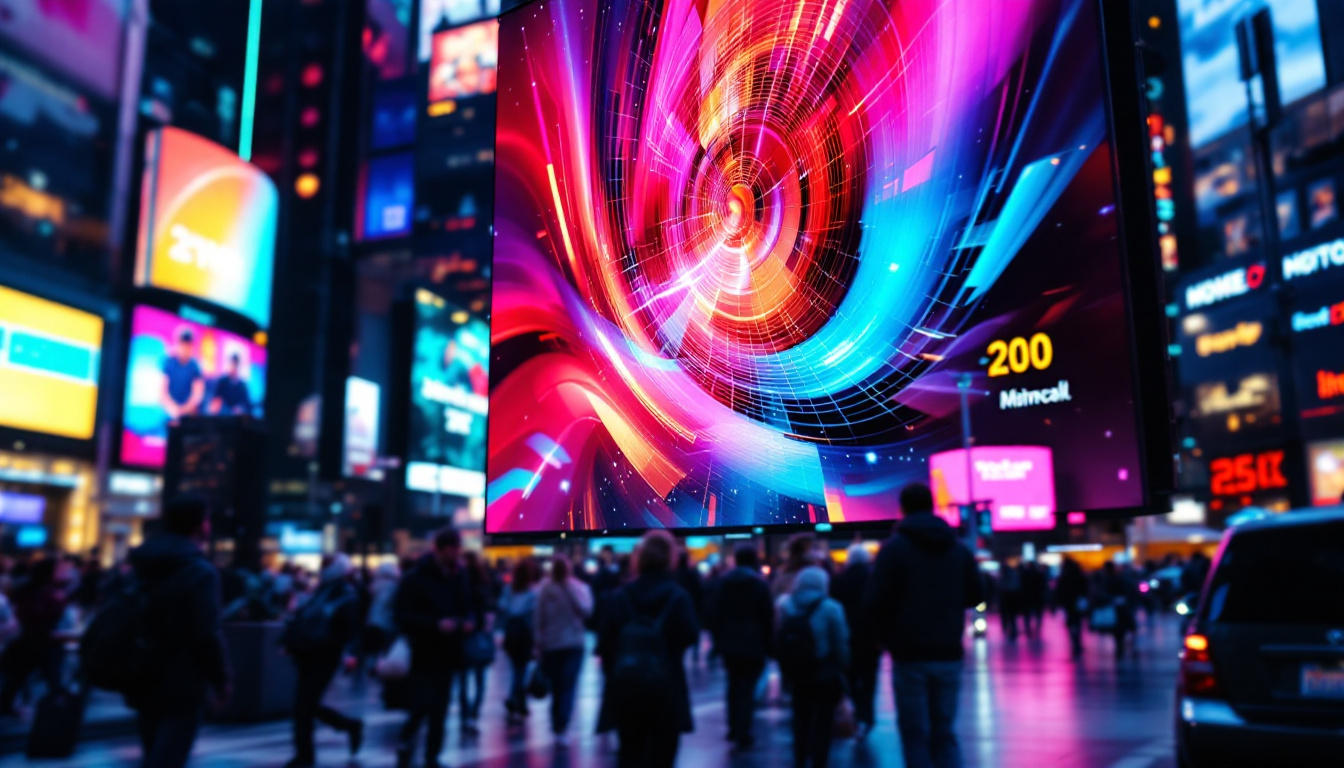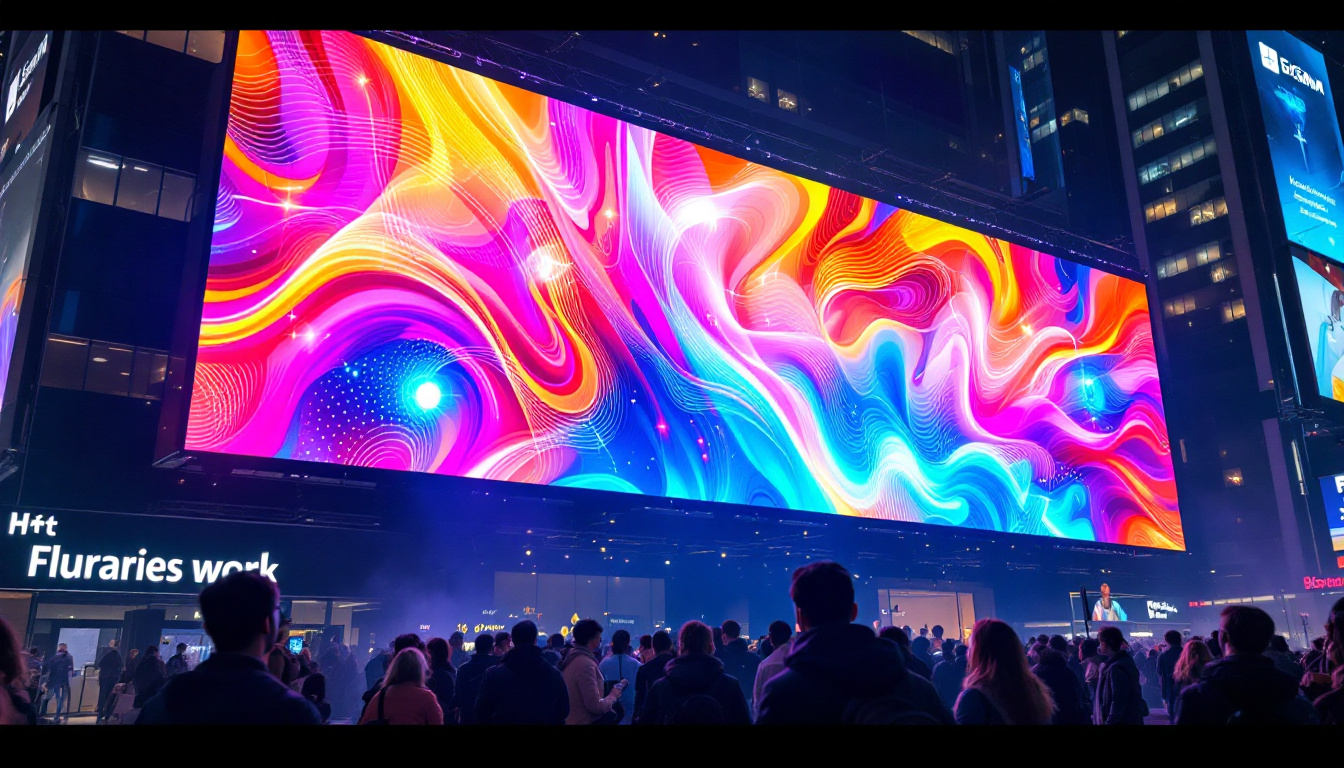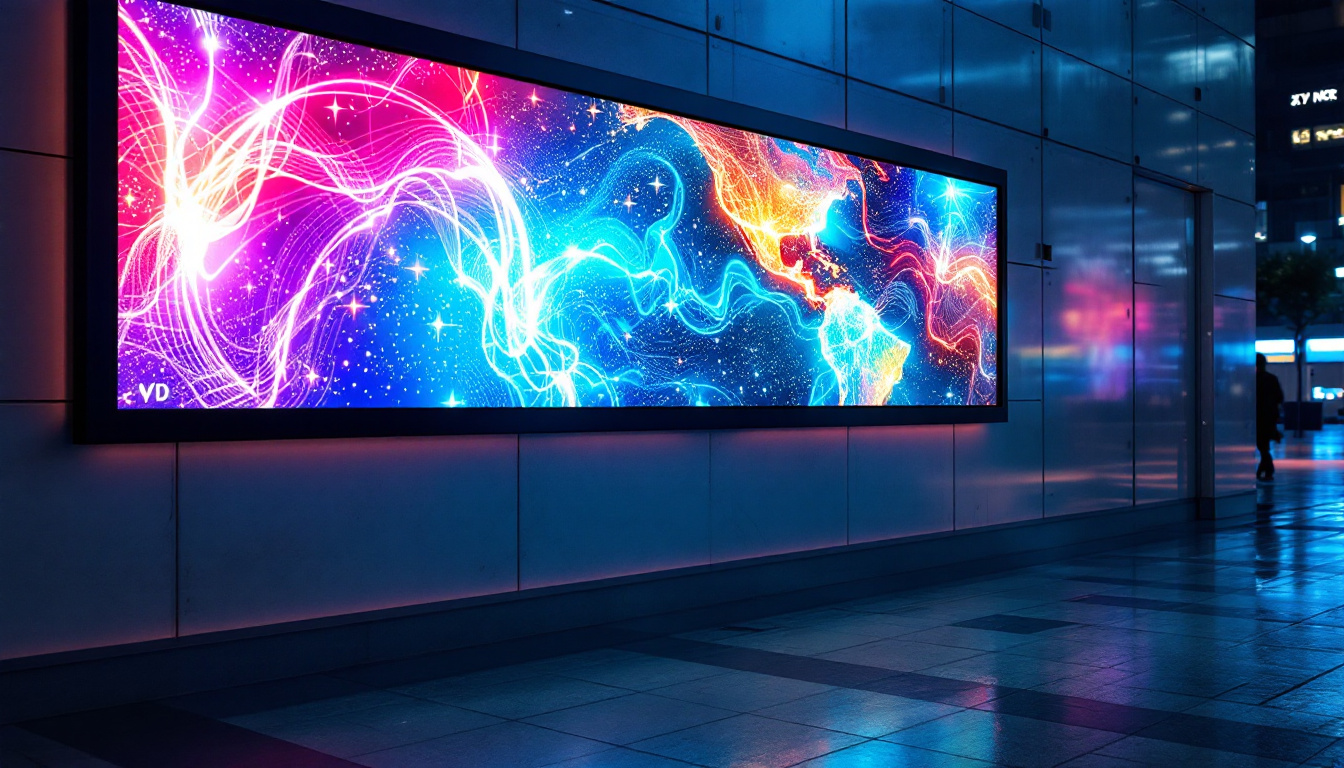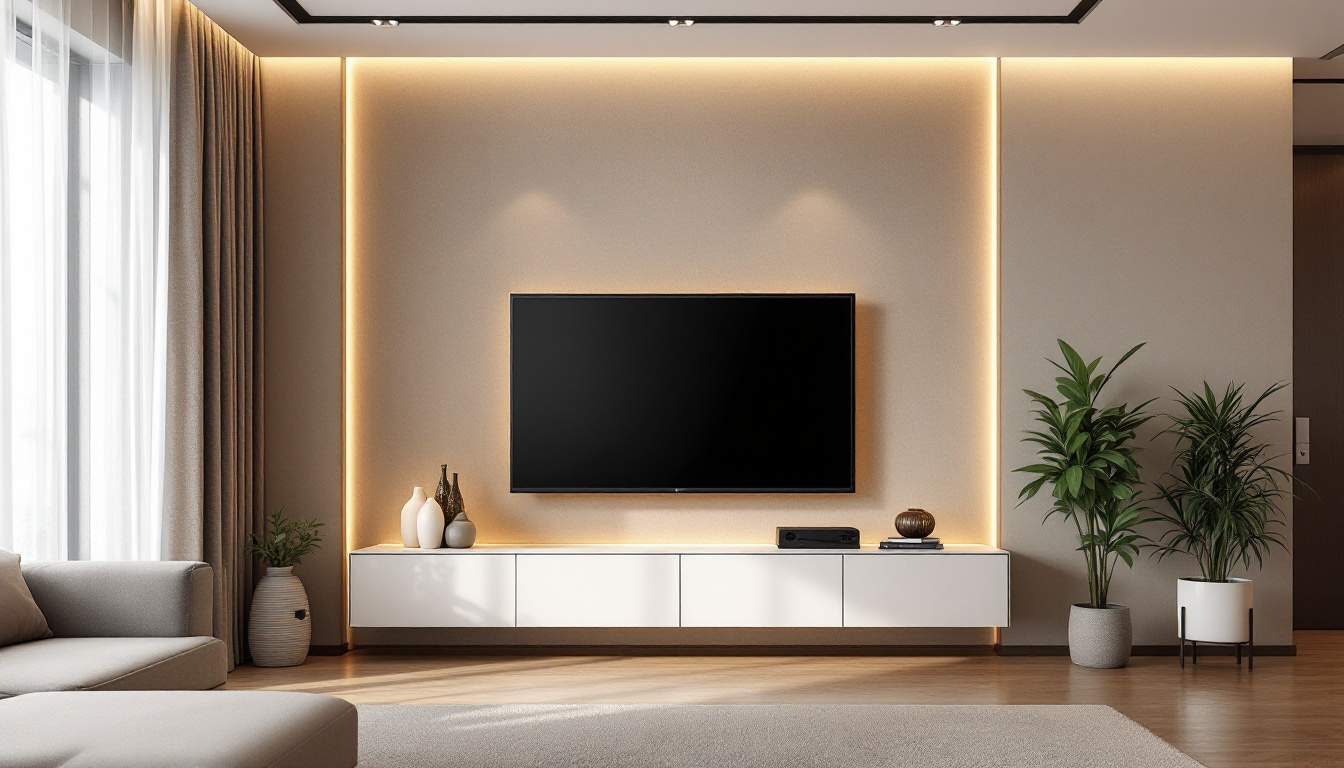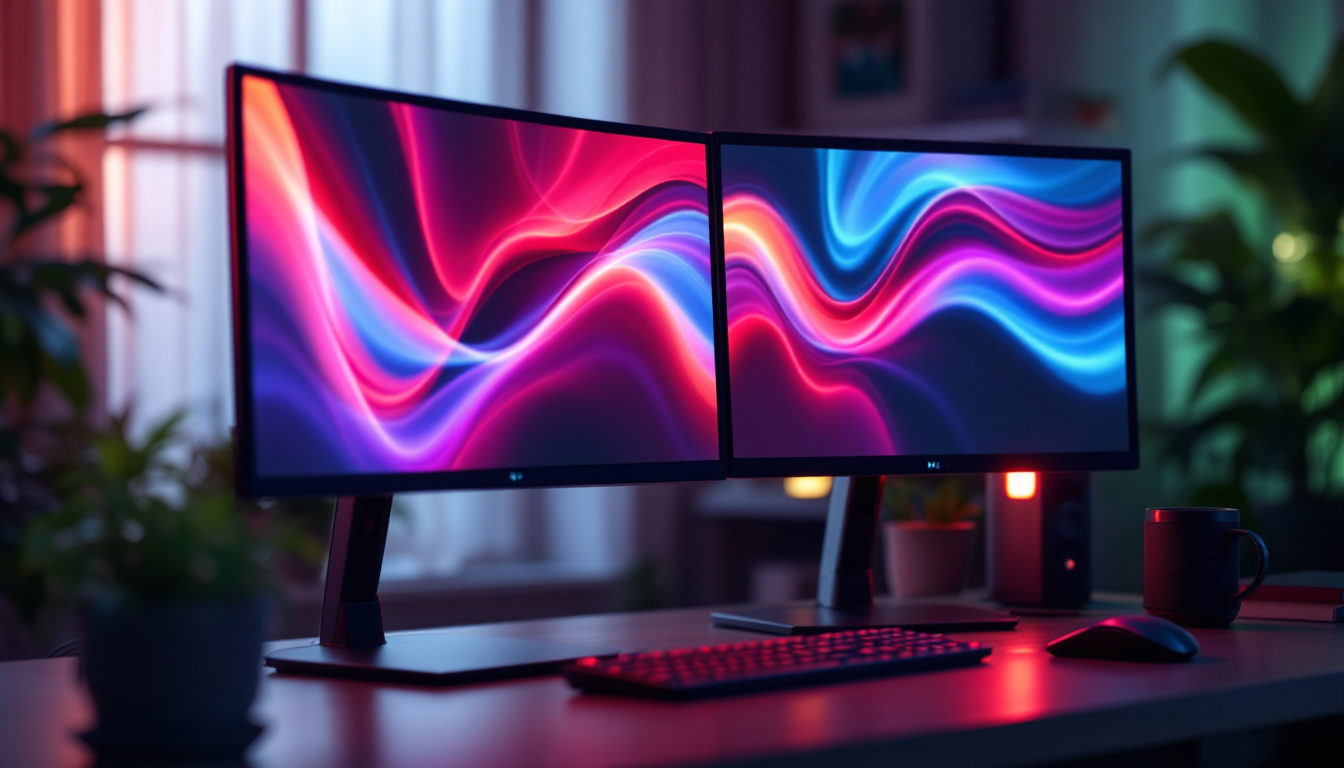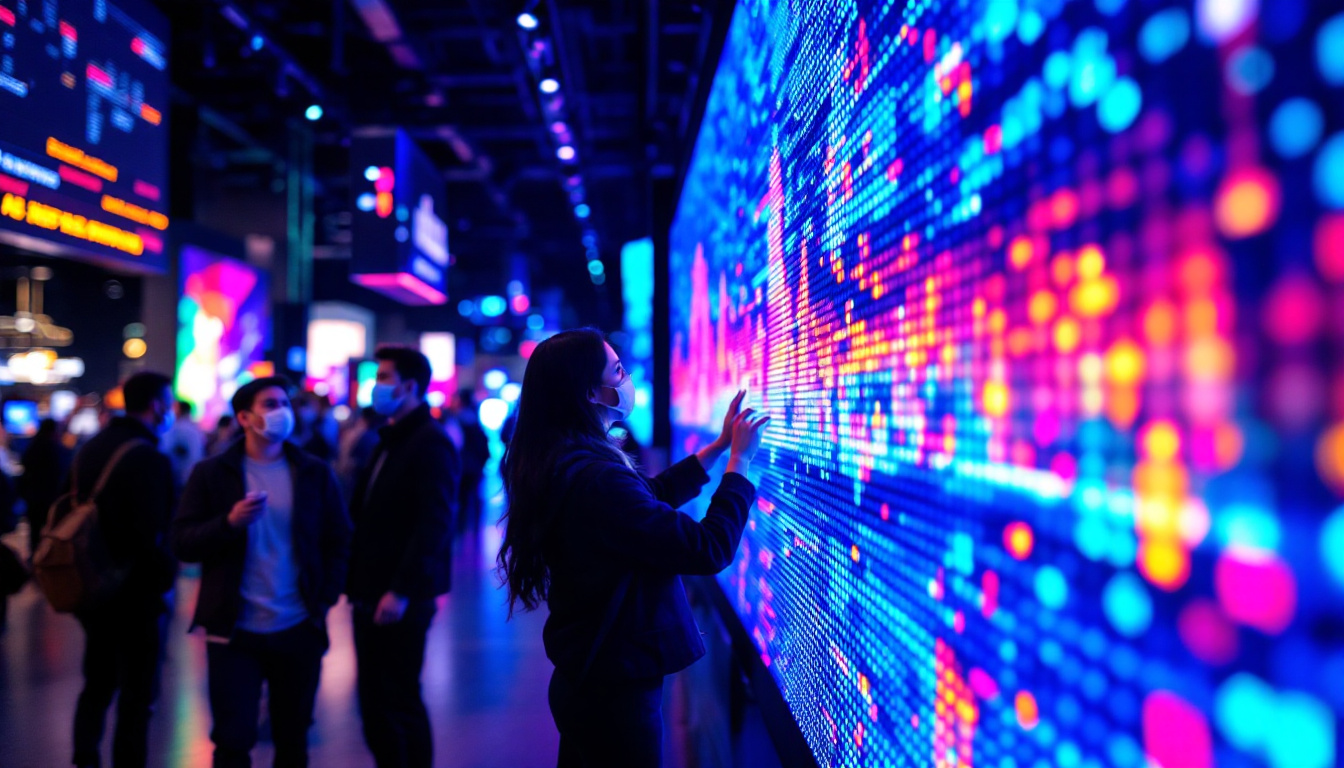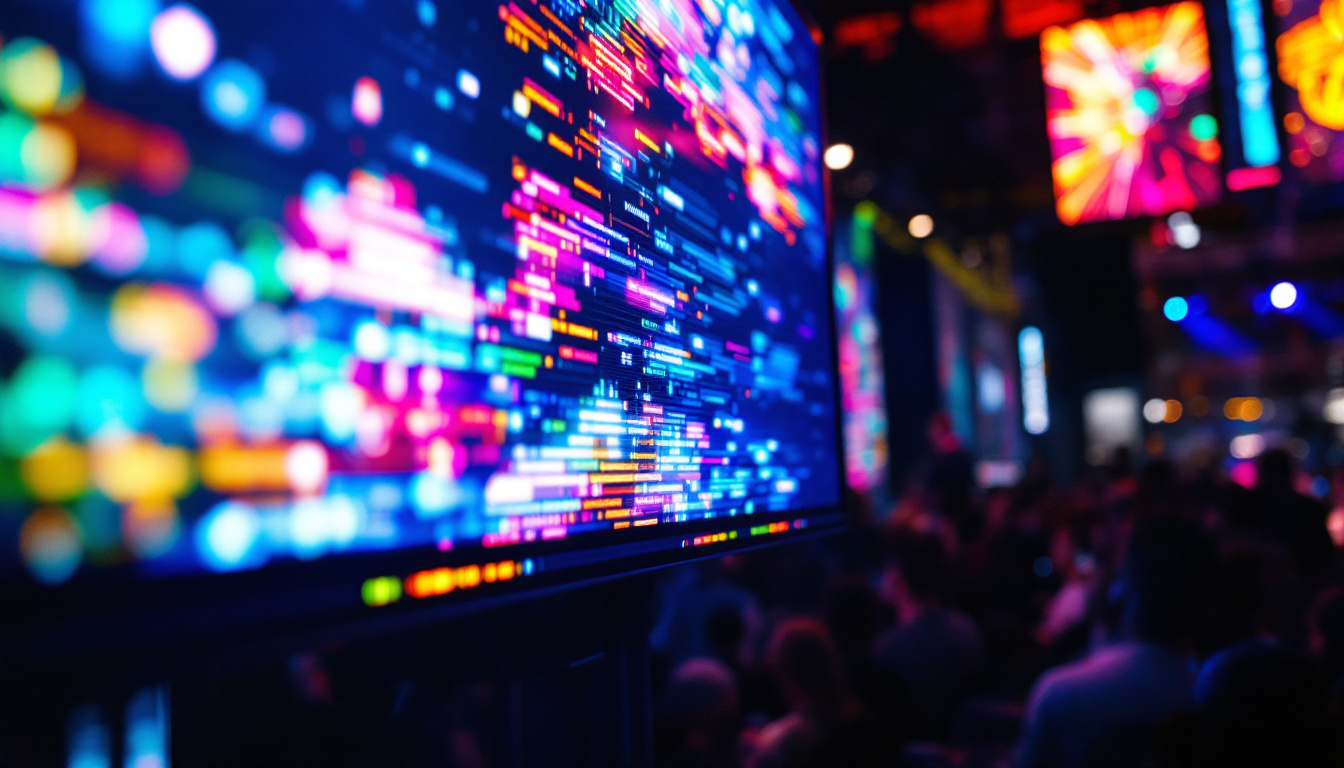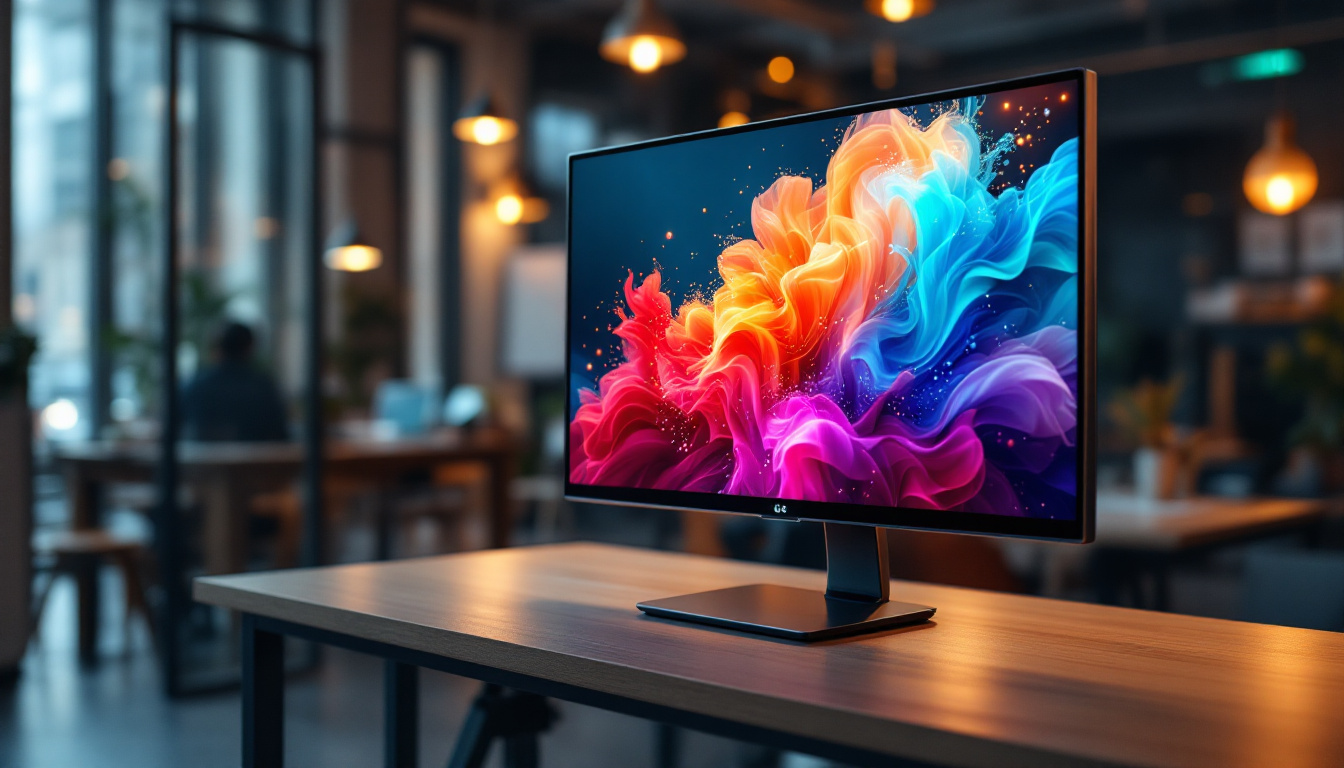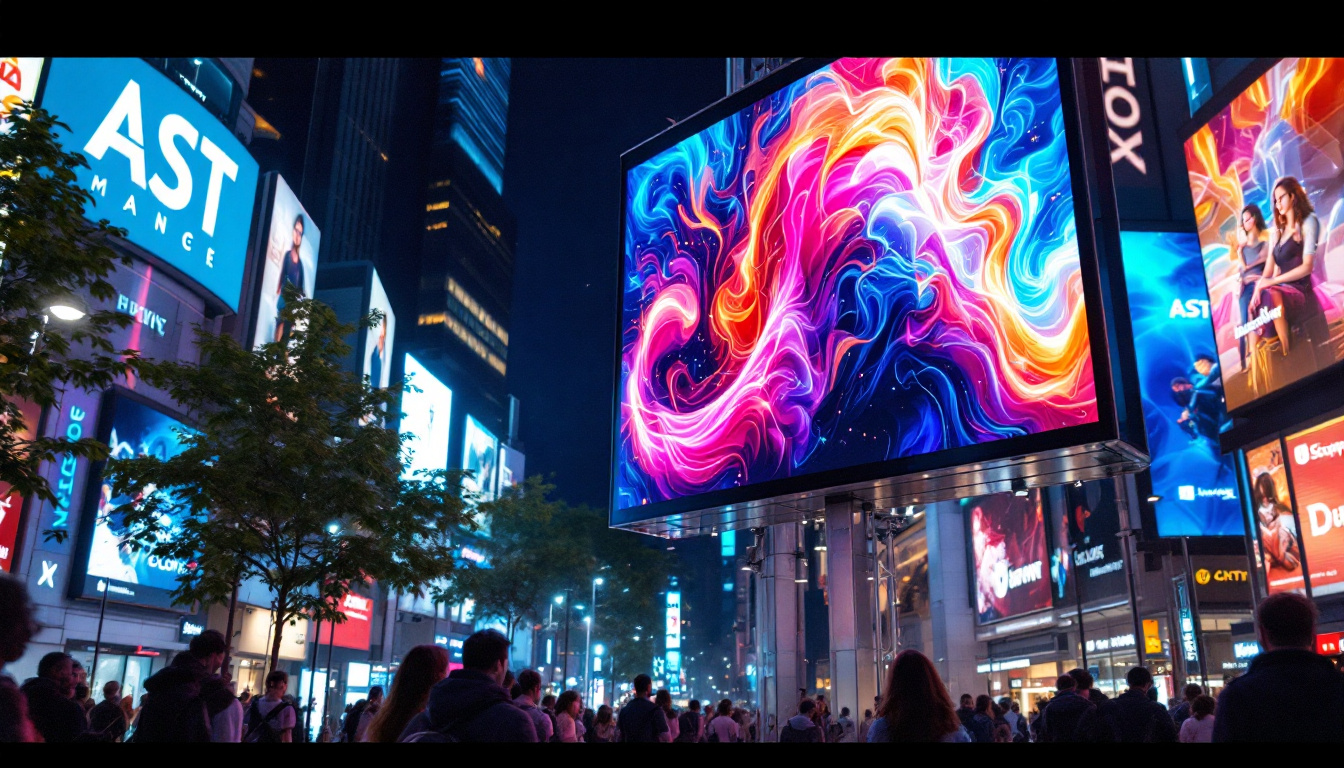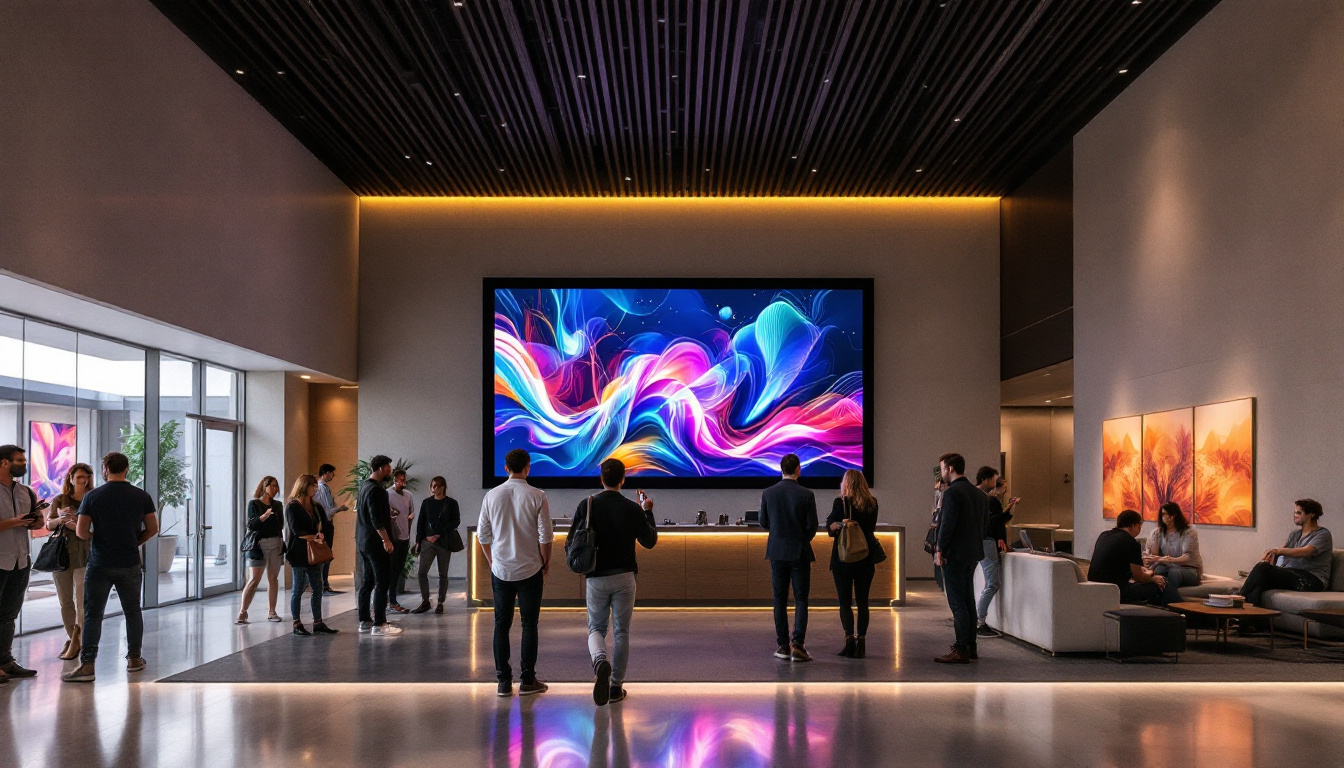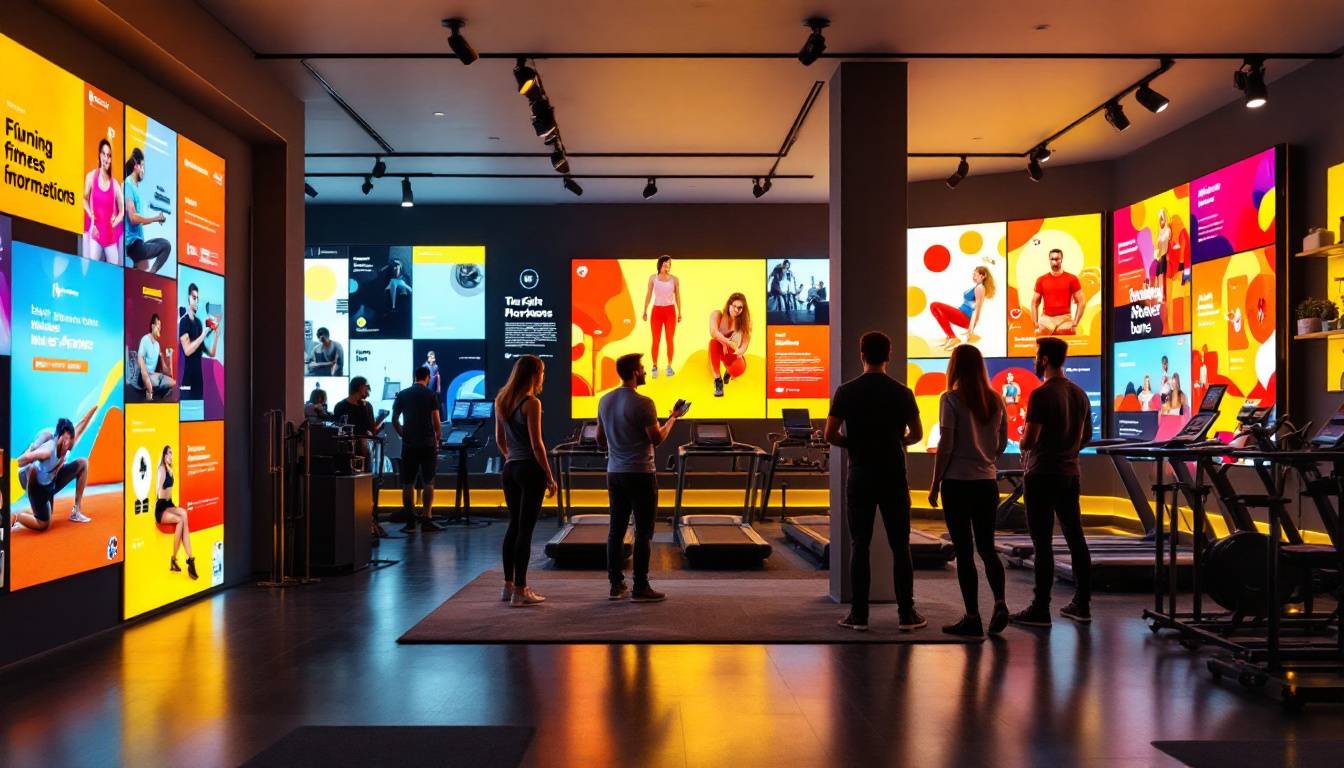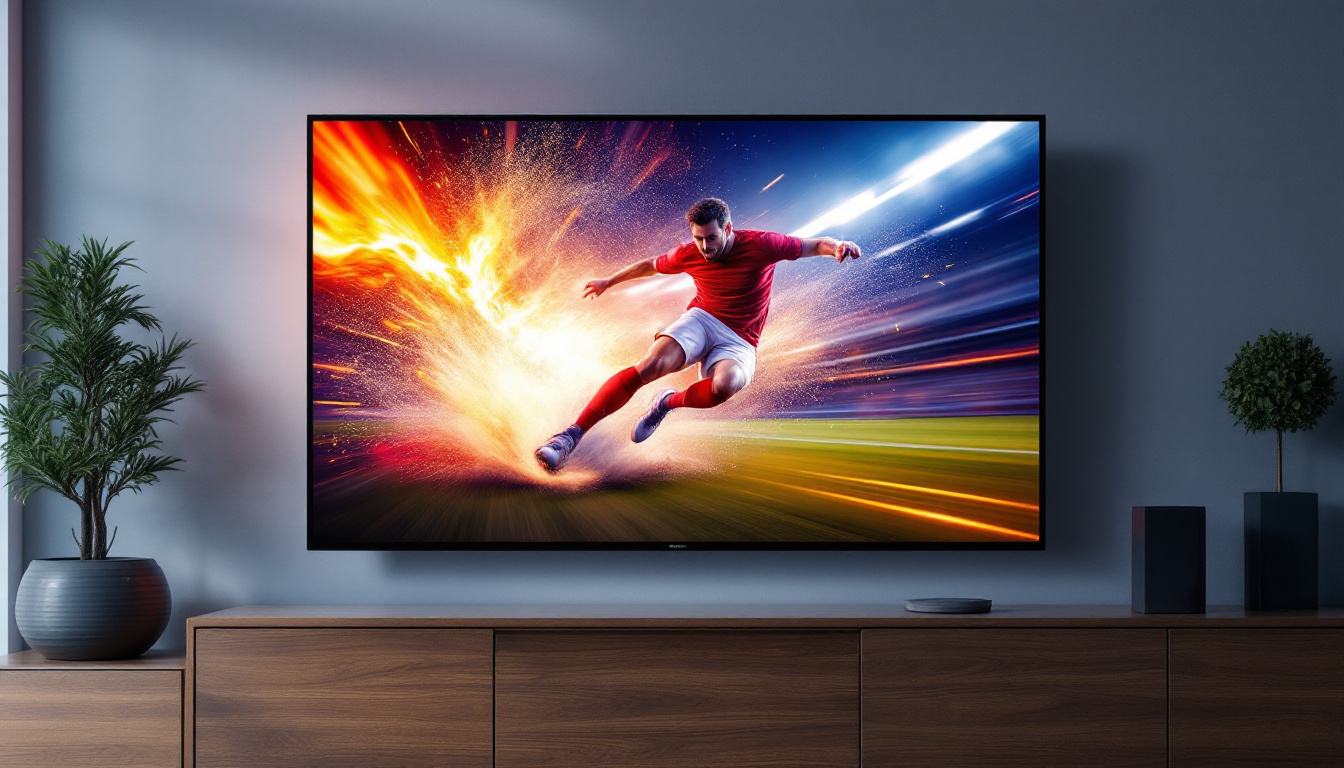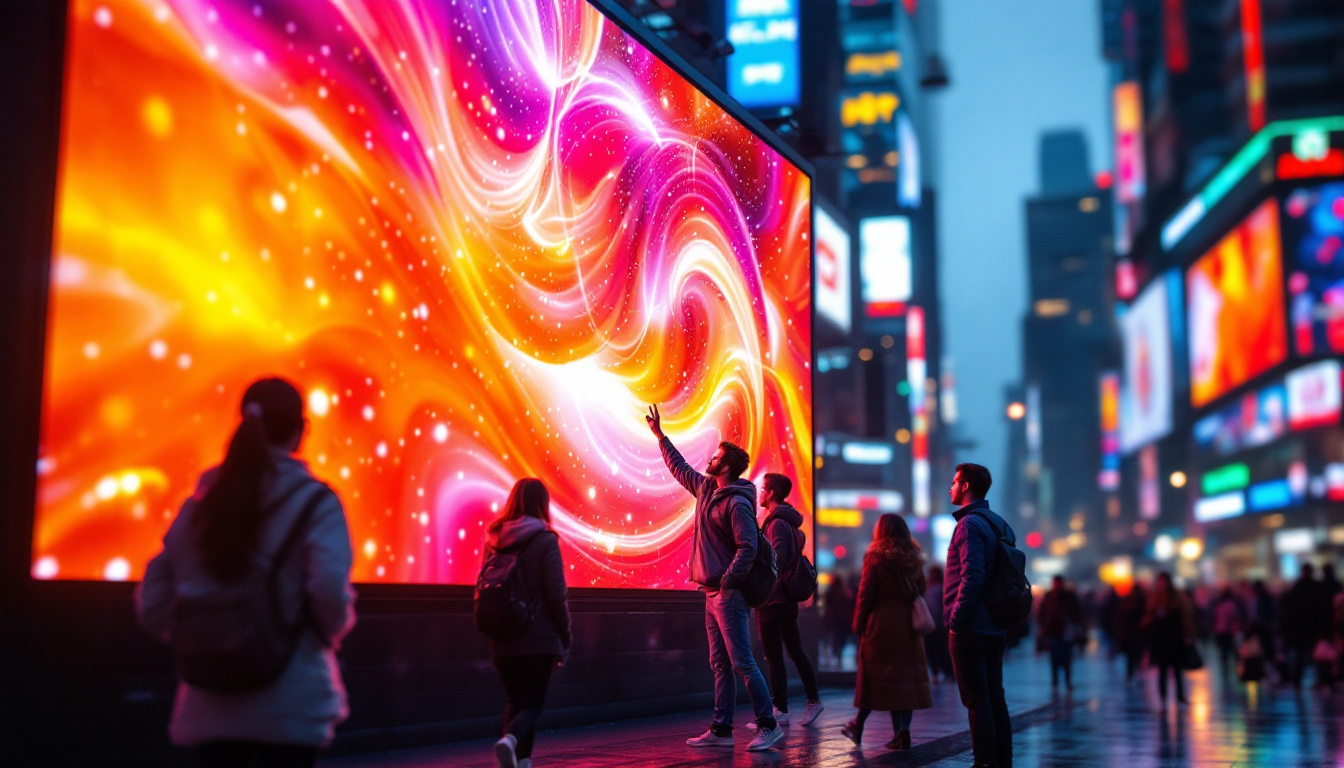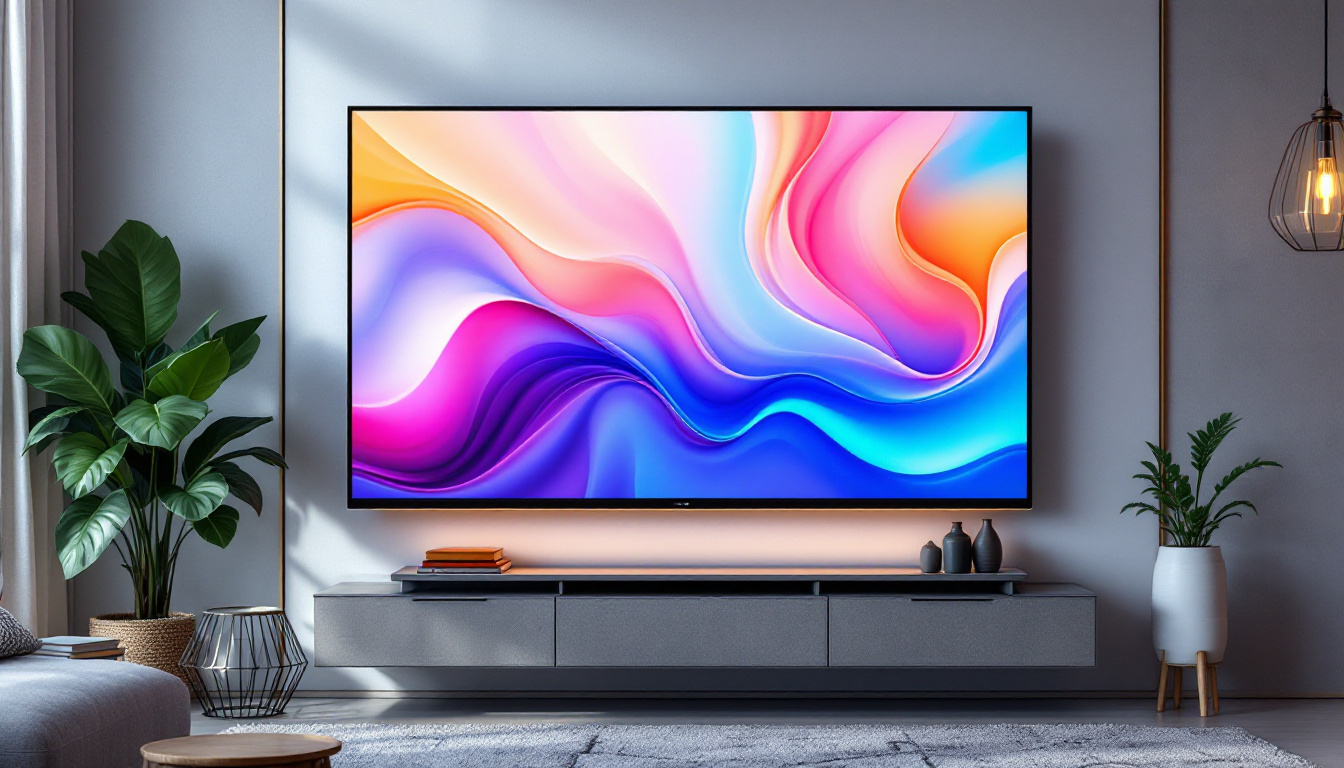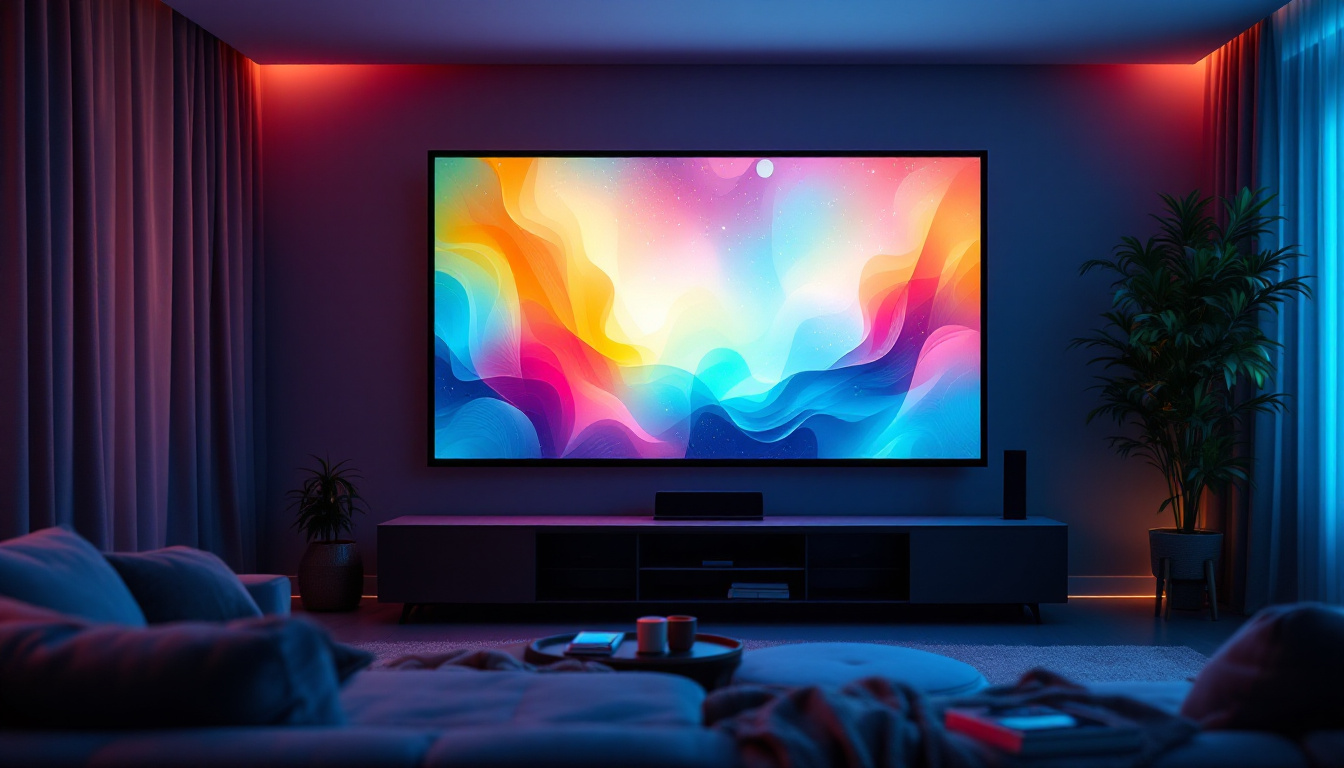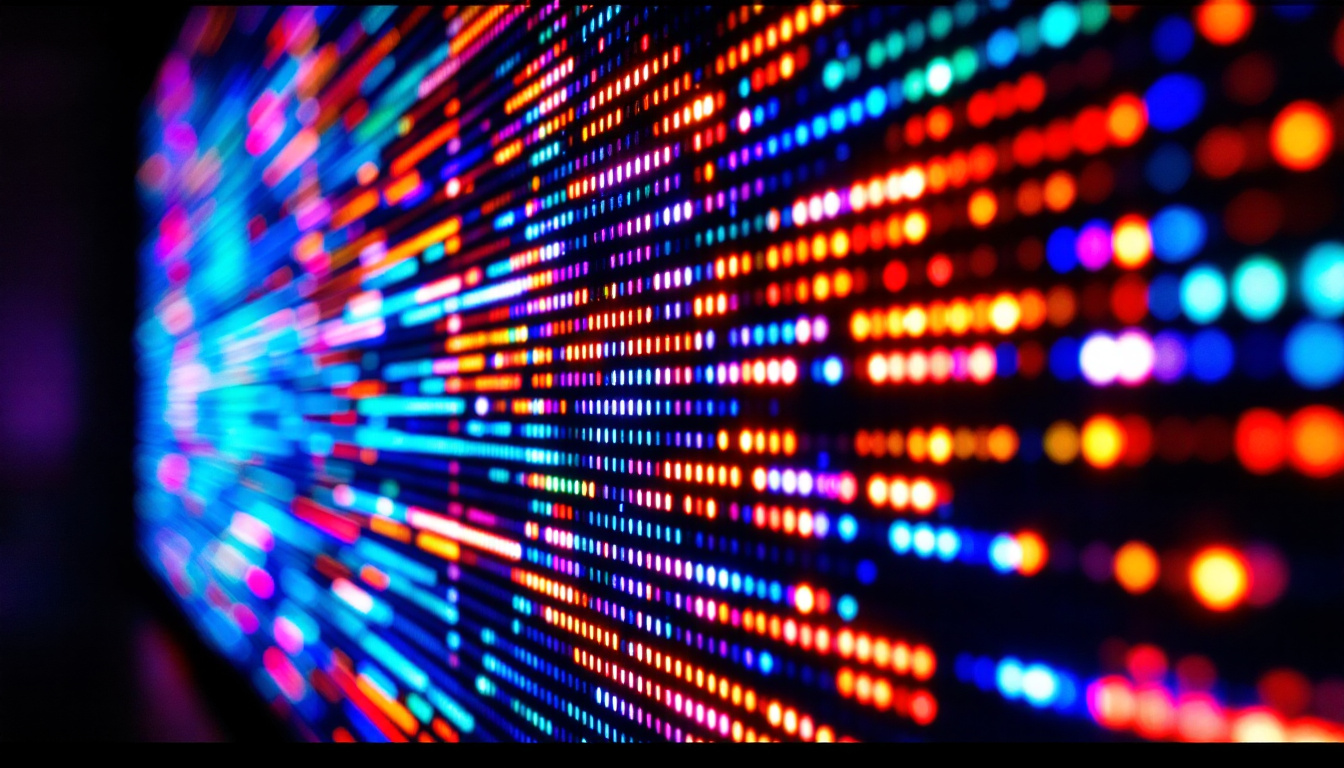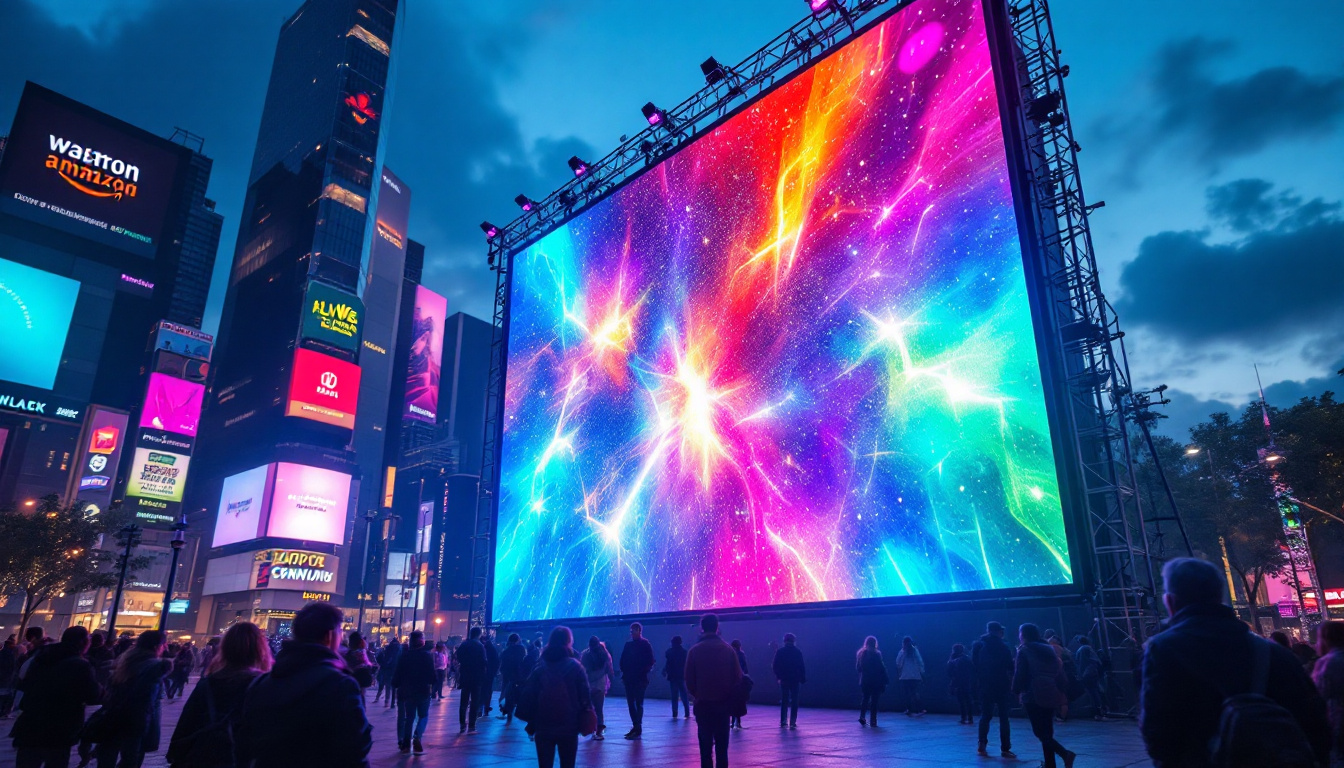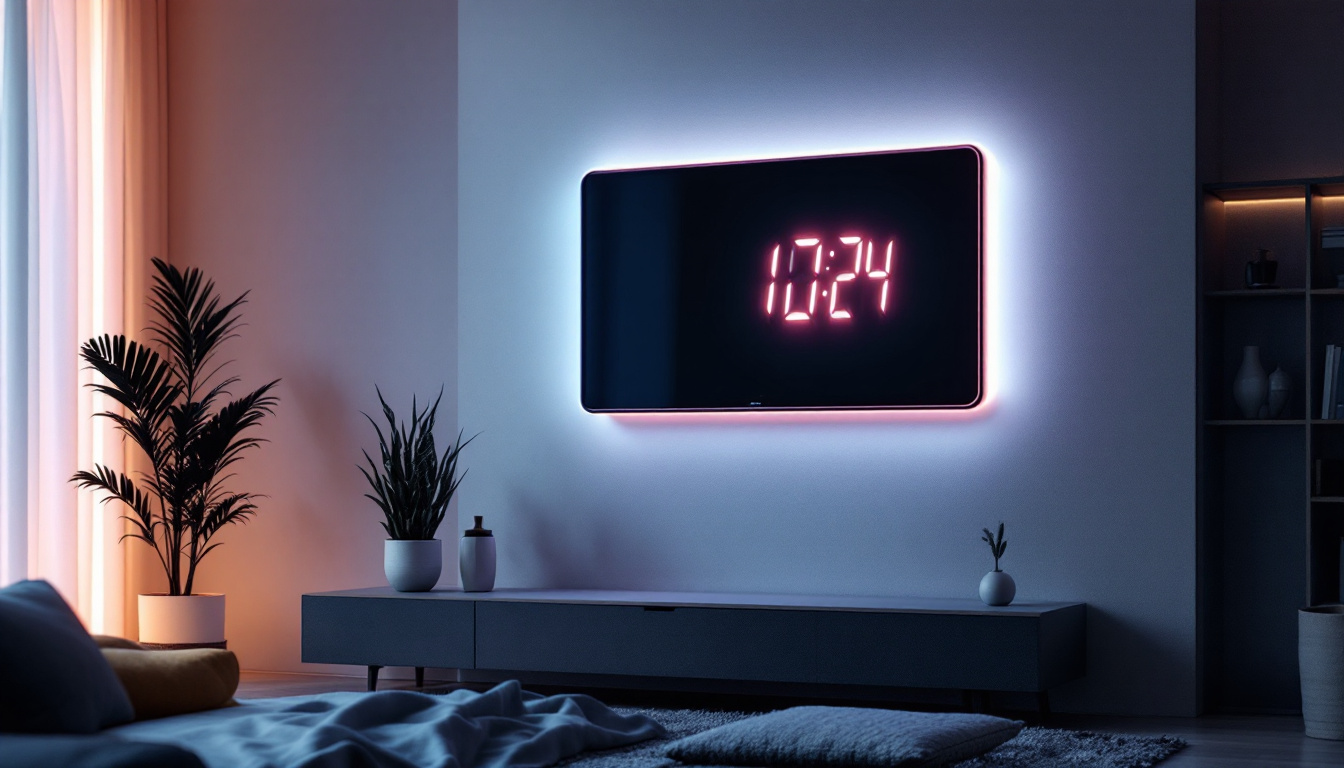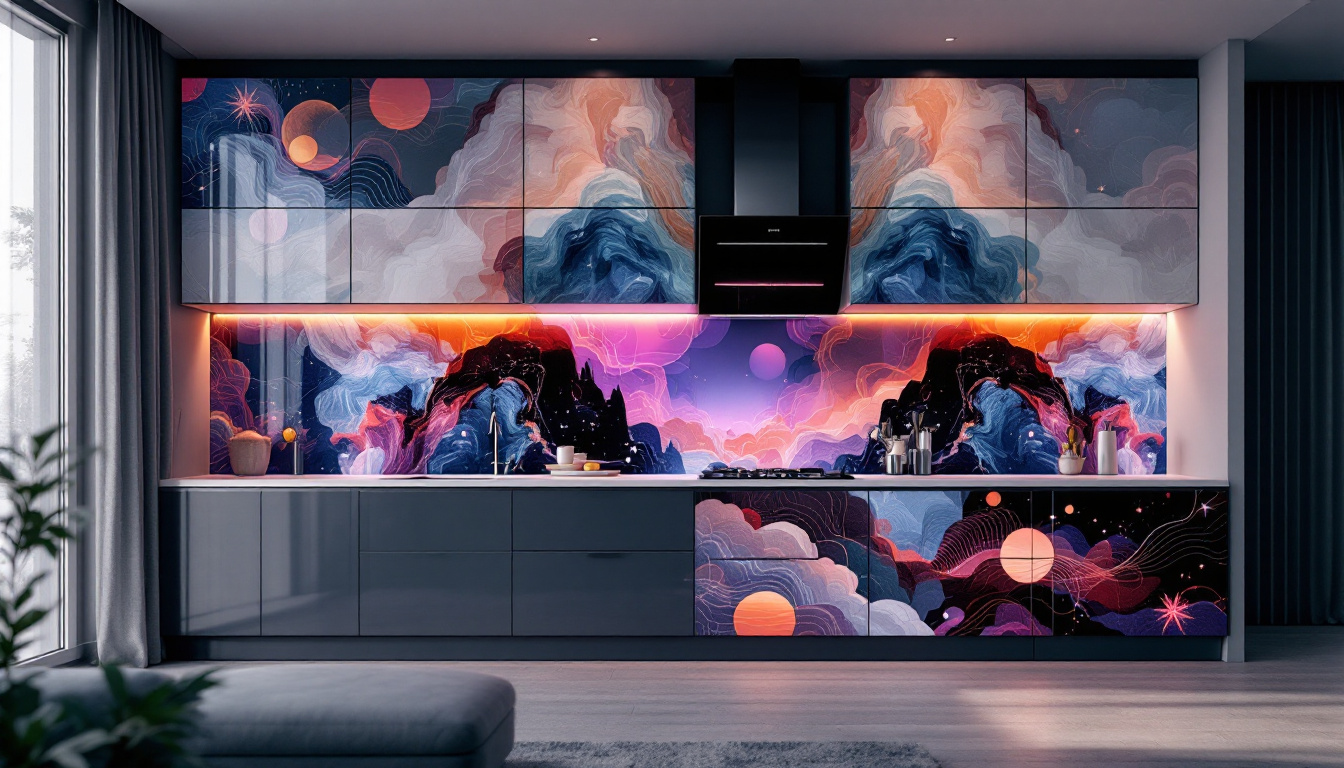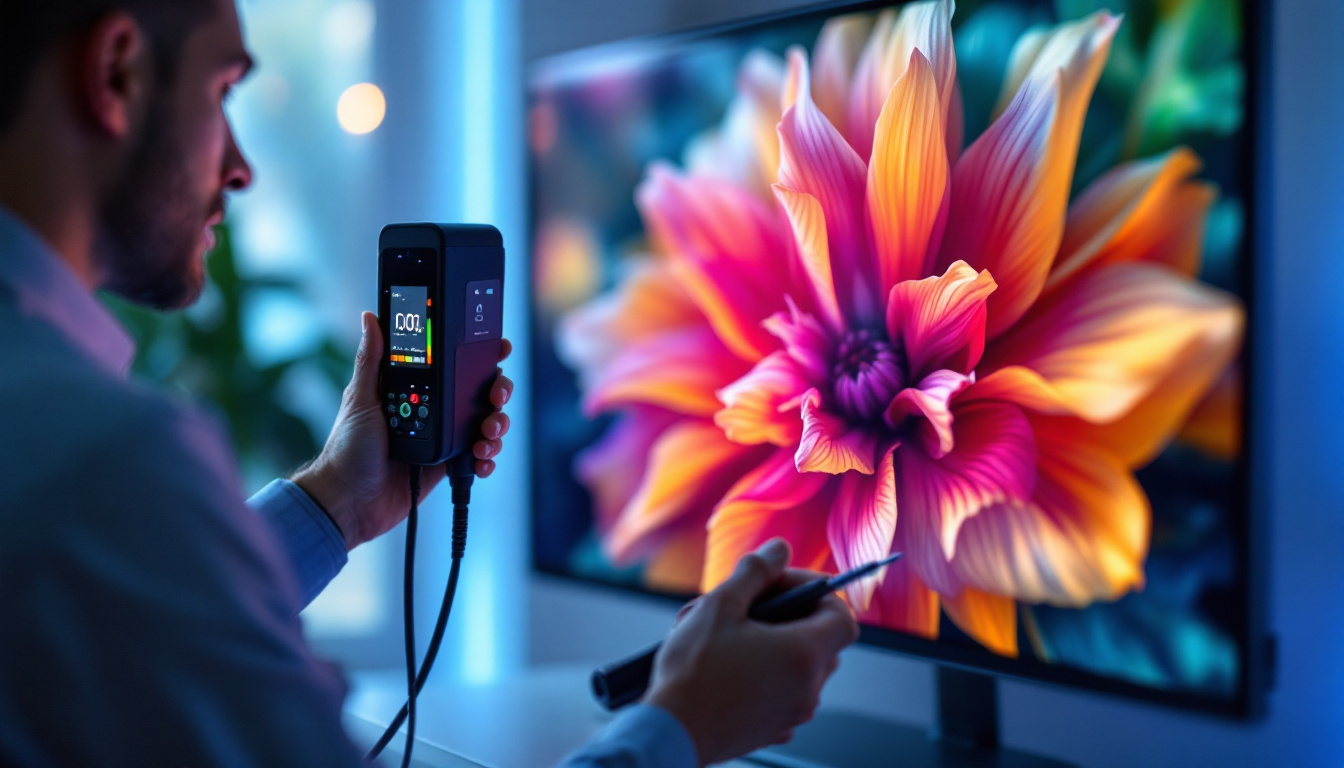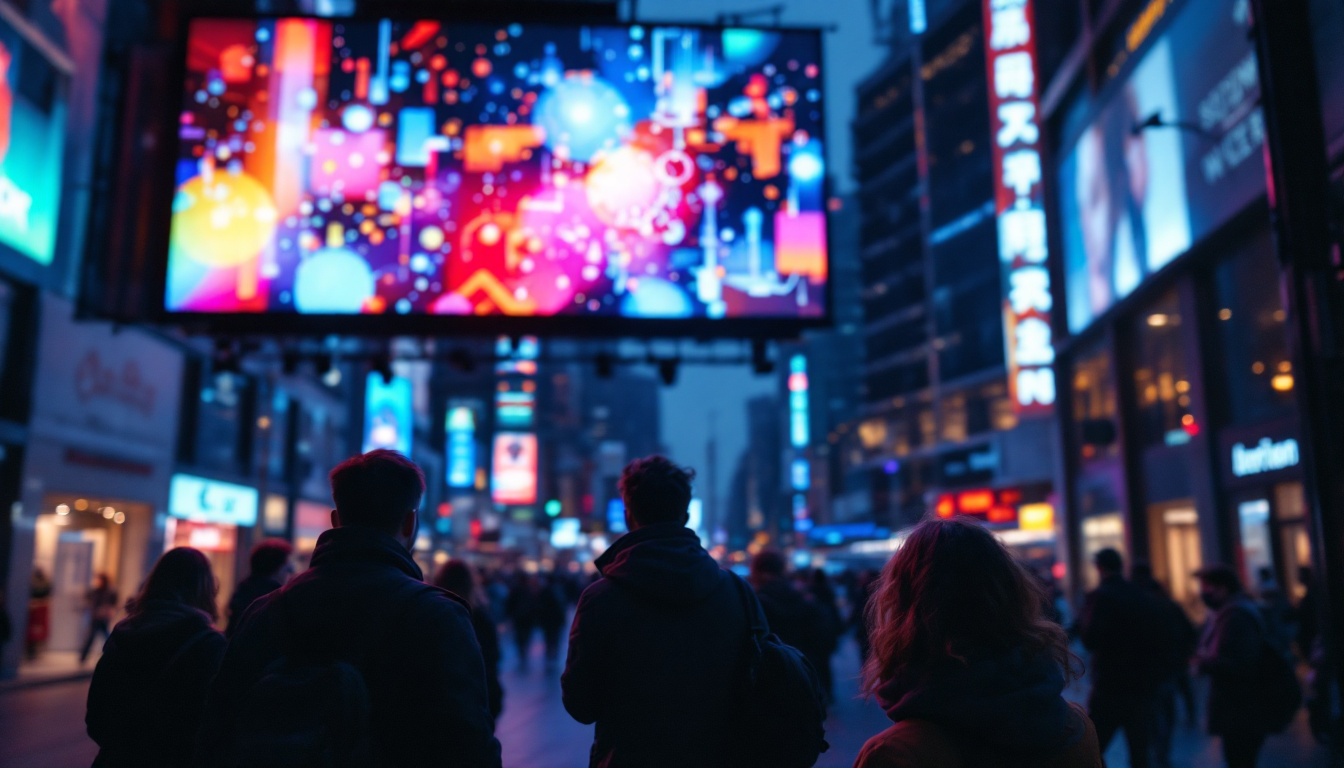In the world of modern technology, LED displays have become a ubiquitous part of our daily lives. From televisions and computer monitors to billboards and digital signage, these displays are everywhere. However, understanding the specifications of LED displays, such as their size, can often be confusing. One common measurement that arises is the conversion from meters to inches. This article will delve into the specifics of LED displays, including the conversion of 1.2 meters to inches, and explore various aspects of LED technology.
Understanding LED Displays
LED displays utilize light-emitting diodes (LEDs) to produce images and videos. They are known for their brightness, energy efficiency, and ability to display vibrant colors. The technology has evolved significantly over the years, leading to various types of LED displays, each suited for different applications. From advertising billboards to personal devices, LED technology has transformed the way we consume visual content, ensuring that images are not only clear but also captivating.
As the demand for high-quality visual experiences continues to grow, LED displays have become increasingly sophisticated. Innovations such as pixel pitch reduction have allowed for closer viewing distances without sacrificing image quality, making them ideal for both indoor and outdoor settings. Additionally, advancements in color calibration technologies have enabled displays to achieve more accurate and lifelike colors, enhancing the overall viewing experience.
Types of LED Displays
There are several types of LED displays, including direct view, backlit, and organic LED (OLED) displays. Each type has its unique features and advantages:
- Direct View LED: These displays consist of individual LEDs that form the entire image. They are often used in large outdoor screens and digital billboards, where their high brightness and durability can withstand various weather conditions. Furthermore, direct view LED displays can be configured in various shapes and sizes, making them versatile for creative advertising solutions.
- LED Backlit LCD: These displays use LEDs to illuminate an LCD panel from behind. They are commonly found in televisions and computer monitors, providing a balance of quality and cost-effectiveness. The backlighting enhances the contrast and color depth of the images displayed, making them suitable for a wide range of viewing environments.
- OLED Displays: Organic LEDs offer superior color accuracy and contrast ratios. They are widely used in high-end televisions and smartphones, where the deep blacks and vibrant colors significantly enhance the viewing experience. OLED technology also allows for thinner and more flexible display designs, paving the way for innovative product designs in the consumer electronics market.
Benefits of LED Technology
LED technology offers numerous advantages over traditional display technologies. Some of the key benefits include:
- Energy Efficiency: LEDs consume less power compared to other display technologies, making them more environmentally friendly. This efficiency not only reduces energy costs for consumers but also contributes to lower carbon emissions, aligning with global sustainability goals.
- Longevity: LED displays have a longer lifespan, often lasting tens of thousands of hours. This durability means less frequent replacements, which is beneficial for both consumers and businesses looking to minimize maintenance costs.
- Brightness: They can produce brighter images, which is particularly important for outdoor displays exposed to sunlight. This capability ensures that content remains visible and engaging, regardless of the lighting conditions, making LED displays a preferred choice for advertising and public information systems.
Moreover, the rapid advancements in LED technology have led to the development of smart displays that integrate with digital networks, allowing for real-time content updates and interactivity. This feature is particularly advantageous for businesses looking to engage customers dynamically, as it enables them to tailor messages based on audience demographics or current events. As we move into a more connected world, the role of LED displays in communication and advertising will undoubtedly continue to expand, further enhancing their significance in our daily lives.
Converting Meters to Inches
When discussing the size of LED displays, measurements are often given in meters. However, in many regions, especially in the United States, inches are the standard unit of measurement. Therefore, converting meters to inches is essential for understanding display sizes.
The Conversion Formula
The conversion from meters to inches is straightforward. One meter is equivalent to approximately 39.37 inches. Therefore, to convert 1.2 meters to inches, the formula is:
Inches = Meters × 39.37
Applying this formula:
1.2 M × 39.37 = 47.24 Inches
Thus, a display measuring 1.2 meters diagonally is approximately 47.24 inches.
Practical Implications of Size
The size of an LED display significantly impacts its usability and effectiveness. For instance, a 1.2-meter (or 47.24-inch) display is often ideal for medium-sized rooms, such as conference rooms or classrooms. It provides a clear and visible image without overwhelming the space.
In contrast, larger displays are more suitable for outdoor advertising or large venues where visibility from a distance is crucial. Understanding these size specifications helps in selecting the right display for specific needs.
Moreover, the aspect ratio of the display is also an important consideration. Most LED displays come in standard aspect ratios such as 16:9 or 4:3, which can affect how content is presented. A 1.2-meter display with a 16:9 aspect ratio, for example, is perfect for video presentations and multimedia content, ensuring that visuals are not distorted and that the audience has an immersive experience. This is particularly relevant in settings like educational institutions or corporate environments where the clarity of information is paramount.
Additionally, the resolution of the display plays a critical role in how effectively the content is conveyed. Higher resolution displays, such as those with 4K capabilities, can showcase intricate details and vibrant colors, making them ideal for digital signage or artistic displays. As technology advances, the options for LED displays continue to expand, allowing users to choose sizes, resolutions, and features that best fit their specific applications and environments.
Applications of LED Displays
LED displays are versatile and can be found in a variety of applications across different industries. Their adaptability makes them a popular choice for both commercial and personal use.
Commercial Use
In the commercial sector, LED displays are widely used for advertising and marketing. Digital billboards and storefront displays attract customers with vibrant visuals and dynamic content. These displays can be easily updated, allowing businesses to promote new products or sales in real-time.
Moreover, LED screens are utilized in sports arenas for scoreboards and replays, enhancing the spectator experience. They can display live feeds, advertisements, and even social media feeds, creating an engaging atmosphere.
Personal Use
On a personal level, LED displays are prevalent in home entertainment systems. Televisions equipped with LED technology offer superior picture quality and energy efficiency. Additionally, LED monitors are popular among gamers and graphic designers due to their color accuracy and response times.
Furthermore, LED displays are increasingly being used in smart home devices, such as digital photo frames and smart mirrors, showcasing their versatility in everyday life.
Factors to Consider When Choosing an LED Display
When selecting an LED display, several factors should be taken into account to ensure the best choice for specific requirements.
Resolution
Resolution is a critical factor in determining the quality of an LED display. Higher resolutions provide clearer and sharper images. Common resolutions include Full HD (1920×1080), 4K (3840×2160), and even 8K (7680×4320). The choice of resolution will depend on the intended use of the display and the viewing distance.
Brightness and Contrast
Brightness is measured in nits, and it is essential for ensuring visibility in various lighting conditions. Displays intended for outdoor use should have higher brightness levels to combat sunlight. Contrast ratio, on the other hand, affects the depth and richness of colors displayed. A higher contrast ratio results in more vibrant images.
Viewing Angle
The viewing angle of an LED display determines how well the image can be seen from different positions. Displays with a wide viewing angle are ideal for large audiences, as they ensure that everyone has a clear view of the content being shown.
Future Trends in LED Display Technology
The LED display industry is continuously evolving, with new technologies and innovations emerging regularly. Understanding these trends can provide insights into the future of display technology.
MicroLED Technology
MicroLED is a cutting-edge technology that promises to revolutionize LED displays. Unlike traditional LEDs, MicroLEDs are much smaller and can be used to create displays with higher pixel densities. This technology offers improved color accuracy, brightness, and energy efficiency, making it a potential game-changer for both commercial and personal displays.
Flexible and Transparent Displays
Another exciting trend is the development of flexible and transparent LED displays. These displays can be bent or curved, allowing for innovative designs and applications. Transparent displays can be integrated into windows and glass surfaces, creating unique advertising opportunities without obstructing visibility.
Enhanced Interactivity
As technology advances, the demand for interactive displays is on the rise. Touchscreen LED displays are becoming more common, enabling users to engage directly with the content. This interactivity enhances user experience and opens up new possibilities for applications in education, retail, and entertainment.
Conclusion
LED displays have transformed the way we interact with visual content, offering vibrant colors, energy efficiency, and versatility. Understanding the conversion from meters to inches, such as the measurement of 1.2 meters to approximately 47.24 inches, is crucial for selecting the right display for specific needs.
As technology continues to evolve, LED displays will likely become even more advanced, incorporating features like MicroLED technology, flexible designs, and enhanced interactivity. Whether for commercial advertising, personal entertainment, or innovative applications, LED displays are set to play a significant role in the future of visual technology.
Discover the Future of Visual Technology with LumenMatrix
Ready to elevate your visual experience with the latest in LED display technology? LumenMatrix is at the forefront of innovation, offering a wide range of LED display solutions tailored to your needs. From captivating Indoor LED Wall Displays to dynamic Outdoor LED Wall Displays, and from versatile Vehicle LED Displays to sleek LED Poster Displays, our products are designed to revolutionize visual communication. Embrace the future with our LED Sports Displays, interactive Floor LED Displays, and the stunning clarity of our Custom and All-in-One LED Display options, including the cutting-edge LED Transparent Display. Don’t just share your message—make an unforgettable impact. Check out LumenMatrix LED Display Solutions and transform your space today.

